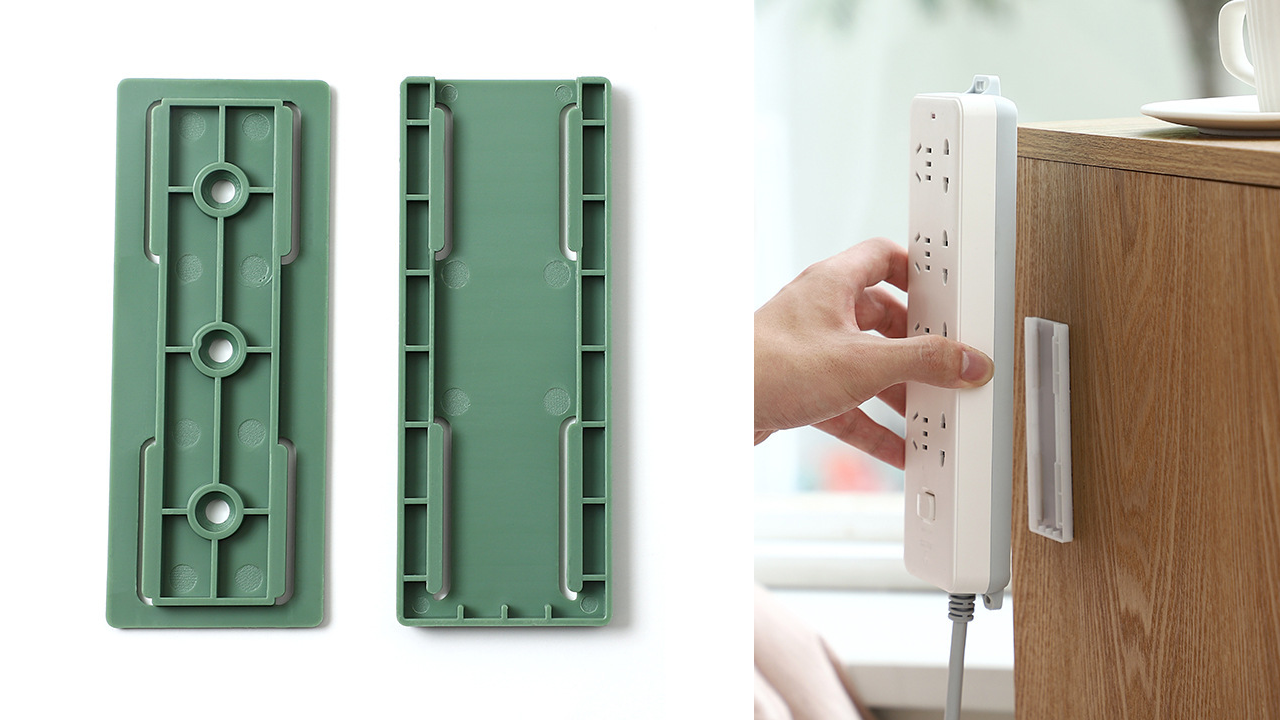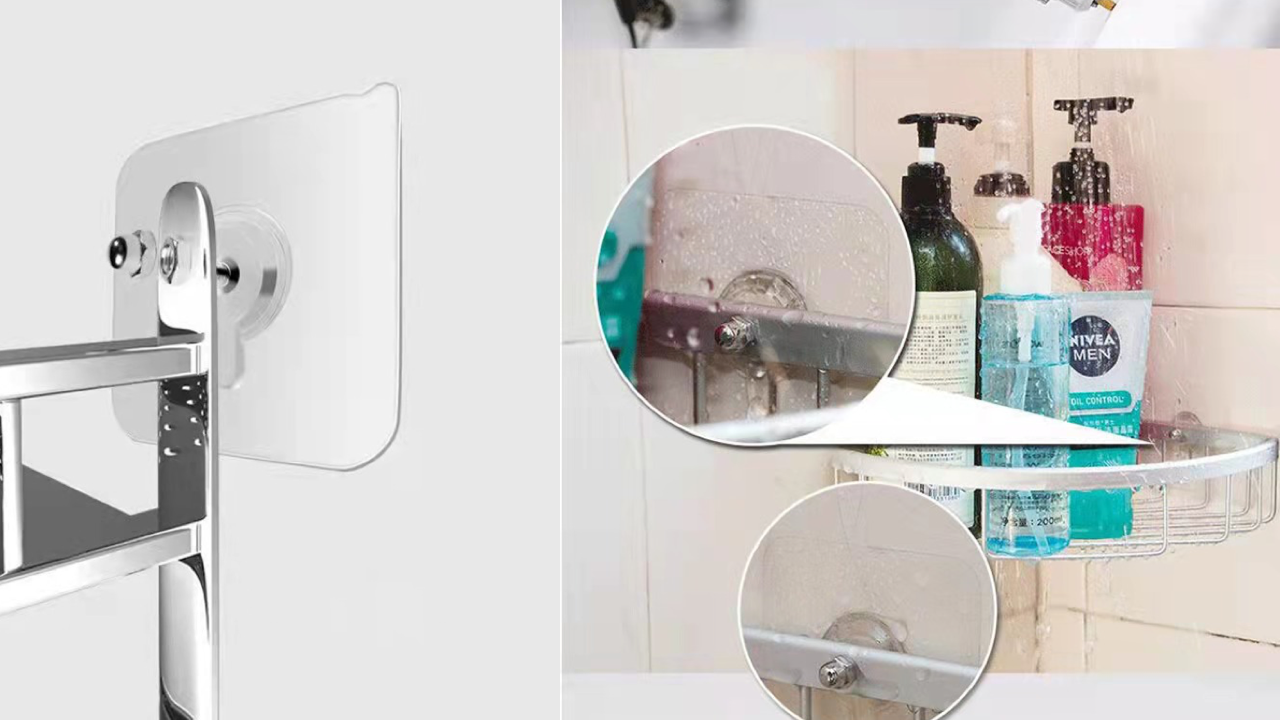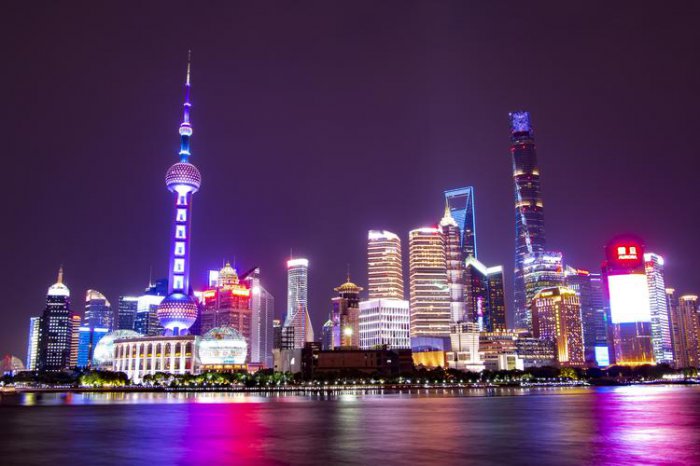In the treetops of Southeast Asian rainforests, a group of ants live with fierce defenses. They will kill their opponents by "self-destructing", and at the same time protect their fellow ants by dying with them.

These ants are often referred to as "exploding ants," whose workers, when faced with an external threat, will deliberately make their own body wall burst, spraying toxic liquid on the other side. In previous studies, the "exploding ant" is usually considered a species with the scientific name Colobopsis cylindrical, but scientists have recently discovered that there are at least 15 such self-sacrificing ants, including a new species found in Borneo.

Chemical weapons are not uncommon in the animal kingdom. Many animals store toxic substances in their bodies to subdue prey or to scare off adversaries. Members of taxa such as snakes, spiders, insects, fish, cephalopods, amphibians and reptiles, and even a few mammals, can deliver toxins into other animals through stings, bites and stings. Other animals, such as skunks, scorpions that spray venom, and fart bugs, choose to spray chemicals. In fact, fart bugs can even release a heated toxic spray after being swallowed by a predator, killing the predator's digestive system (and sometimes making a shocking escape).

However, defense by "self-detonation" is quite unusual. This process is called "autothysis" and consists of two Greek words for "self" and "sacrifice" respectively. According to scientists, this phenomenon has only been found in ants and termites.
Popular Articles
-
Keep your power sockets and air conditioner remote control well stored

Photos
-
 How many languages are there in the world?
How many languages are there in the world?Jun 07, 2025
-
 Shelves and pictures can be installed without drilling holes in the wall
Shelves and pictures can be installed without drilling holes in the wallJun 07, 2025
-

Photos
The world's most beautiful big cities at nightJun 07, 2025
-
 Which works better: bench press or push-up? The results are clear at a glance.
Which works better: bench press or push-up? The results are clear at a glance.Jun 07, 2025
-
 Yoga sitting angle pose so practice, open the range more than a little
Yoga sitting angle pose so practice, open the range more than a littleJun 07, 2025







Comments
0